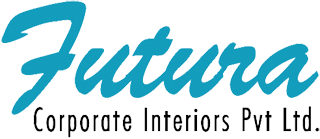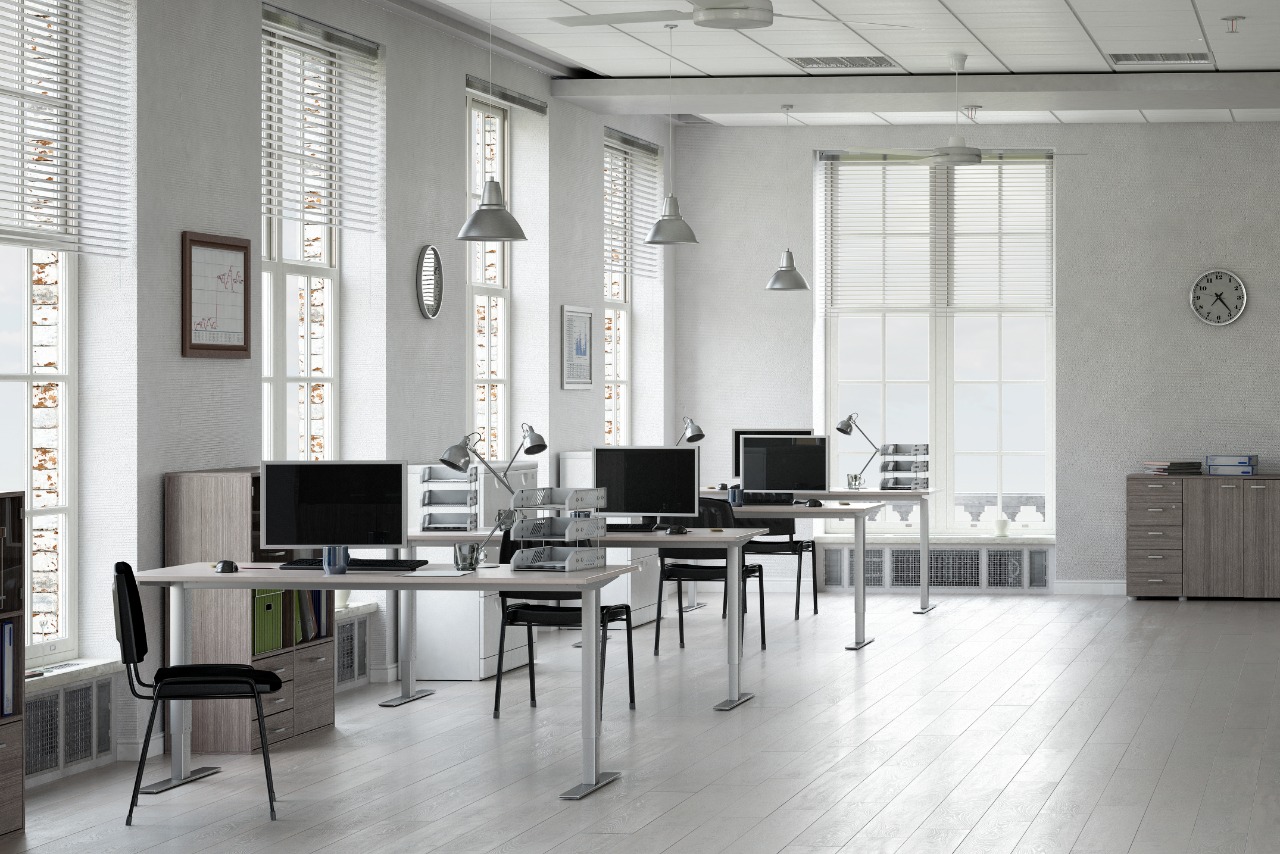Employees may focus on creativity and precision when efficiency and productivity are embedded into the workplace design in corporate interiors, which increases your company’s bottom line growth. Businesses should anticipate considerably faster results in office-related tasks with a modern workplace constructed with changing technology in mind.
Technology has made it much easier to work as a designer. From collaborative brainstorming to client meetings to translating your concept into photo-realistic drawings, technology can help you be more efficient and provide a better experience for your clients while doing corporate interiors.
Agility and resilience will be the foundations of the future workplace. Automation, for example, will contribute to a future in which firms can operate smoothly with distant teams while maintaining the culture and innovation that helps the organization achieve its goals.
Modern offices are more collaborative than ever before, and they must react to changes rapidly said some of the top interior designers in Chennai. The advancement of technology in the workplace is a primary driver of these new and ever-changing modes of working. Office designers in a variety of sectors are coming up with novel methods to incorporate technology into the workplace. A well-planned office design may use technology to fulfil company goals and future-proof the workplace, saving money in the long run. We’ll look at how technology has affected workplace design in this blog article.
New work positions necessitate adaptable design
Because of the increased presence of millennials who grew up with mobile technology, workplaces are changing for the better in response to improvements. Floor layouts are becoming more open, and walls are being demolished to make way for flexible partitions. Jobs and workplace structures are always evolving, and it’s becoming increasingly difficult for businesses to forecast which job functions will continue to exist, therefore many organizations are designing workplaces with built-in flexibility. There are some of the best office interior designers in Chennai who are providing an updated interior design for your office.
As a result of previously unheard-of work positions rapidly evolving in response to technology breakthroughs, businesses require spaces and furnishings that can adapt to new tasks and equipment. The requirement to keep offices up to date is reflected in adaptable furniture. Modular soft seating and sitting pods that may be utilized for social or private work are two examples. Nowadays movable furniture in an open-plan office set up is a hit, which is completed with acoustic screening and storage above and below the desk. The genuine design of a multipurpose office can be completed with touchdown places, conference rooms with sliding walls, and a variety of work areas. These things may seem like an over-do but you have to trust the influence technology is bringing to the corporate offices.
Technology that is integrated
The trend toward flexible working has resulted in an ongoing need for integrated chargers and power outlets in offices. Powered furniture with built-in power adapters and multimedia features that assist both employees and visitors to the offices has emerged as a key trend. Technology is becoming smaller and smarter, requiring businesses to scale up quickly to maintain growth or risk losing people who will be drawn to cutting-edge workspaces.
Hidden and discrete power ports are being integrated into chairs, couches, and workstations. Wireless charging of smartphones is making headlines right now, thanks to wireless chargers and fresh speculations that some of the best brands will be the first to integrate wireless charging. It is expected to become a popular method of charging phones, allowing employees to be even more flexible in their travels to and from meetings.
Integrated technology can operate as a catalyst for encouraging and facilitating the type of spontaneous contact that leads to productivity and invention. Installation of a full audiovisual system, with interactive displays and laptop connectivity, is the need of the hour. This can be supplemented with conference rooms outfitted with a room booking system, allowing for a simple and effective meeting management approach. To accommodate the bigger open-plan teaching area, their Training Room included an interactive whiteboard and repeater screens.
Other examples of office technology include “touch tables,” which are large iPad tables that may be used in meetings. Ergonomic smart furniture with technology to alert workers of incorrect posture is currently being created. A new high-tech office chair employs sensors to track how a workstation is being utilized. It may be used in conjunction with a new standing desk that is linked to an app that relays your position and automatically adjusts desired settings as you go between workstations.
Technology for mobile devices
Mobile technology has transformed working patterns, which has affected workplace design. Employees no longer have to tow documents around with them, and everything from invoices to contracts may now be saved online. Workers are always on the go and have access to emails and other communications from anywhere, which has undoubtedly had a significant influence on how workplaces appear and function. Remote working, for example, is increasingly common, and many firms have implemented hot-desking to save space and money.
To Conclude,
Since technology allows employees to choose the nature and location of their work, mobile technology has raised the demand for flexible working. According to research, an estimated 6.3 billion individuals which is 78 percent of the world’s population will own a smartphone by 2025. In the Western world, mobile has already surpassed the desktop as the primary method of accessing the Internet, with more people utilizing their mobile devices to check information or do chores that were formerly done on computers or with paper.

